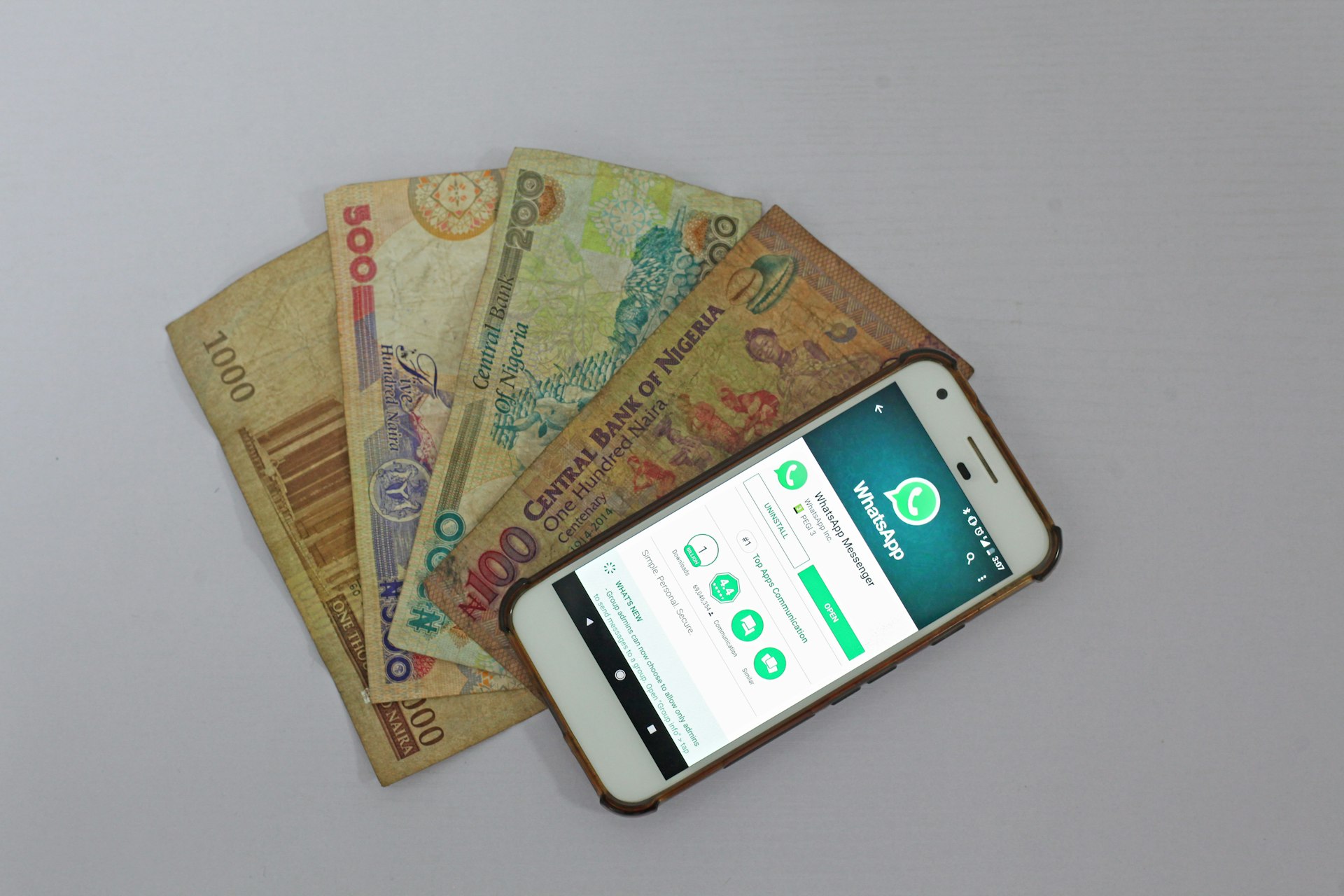How Digital Currency is Transforming Global Finance: Opportunities, Risks, and Implementation

Photo by tommao wang on Unsplash
Introduction: The New Era of Digital Currency
Digital currencies, from cryptocurrencies to central bank digital currencies (CBDCs), are driving a profound transformation in global finance. These innovations promise to make payments faster, cheaper, and more accessible, while also introducing new risks and regulatory challenges. This article explores how digital currency impacts the global financial system, provides actionable guidance for individuals and businesses, and highlights both the opportunities and hurdles associated with this technology.
[1]
1. What Are Digital Currencies and How Do They Work?
Digital currency refers to any form of currency that is available exclusively in digital form, including decentralized cryptocurrencies (like Bitcoin and Ethereum), stablecoins (such as USDC and Tether), and government-issued CBDCs. Unlike traditional cash, digital currencies are transferred electronically and may use blockchain or distributed ledger technology to record transactions.
[2]
CBDCs, in particular, are digital versions of sovereign currency, issued and regulated by central banks.
[4]

Photo by rc.xyz NFT gallery on Unsplash
To start using digital currencies, individuals can:
- Open a digital wallet via a reputable provider or a participating bank (for CBDCs, check with your country’s central bank for pilot programs or official announcements).
- Purchase digital currencies on licensed exchanges (for cryptocurrencies and stablecoins, research local regulations and choose regulated platforms).
- Stay informed about government initiatives by visiting your country’s central bank website or searching for “Central Bank Digital Currency” updates related to your region.
2. Opportunities: Speed, Inclusion, and Efficiency
Digital currencies offer several tangible benefits:
Faster and Cheaper Cross-Border Payments
Traditionally, international payments are slow and expensive due to reliance on legacy systems and intermediaries. Digital currencies can reduce settlement times from days to seconds and drastically lower transaction fees.
[2]
Example:
Project mBridge, a collaborative effort by several central banks, is demonstrating the feasibility of instant cross-border settlements using digital currencies. This could eventually enable individuals and businesses to send money overseas with minimal cost and delay.
[4]
Financial Inclusion
Digital currencies could make financial services accessible to unbanked populations, especially in developing countries. By enabling secure mobile payments without the need for traditional bank accounts, digital currencies can help more people participate in the global economy.
[5]
Implementation Guidance: To explore digital financial solutions in your region, consider searching for fintech initiatives from your central bank, international development agencies, or major mobile payment platforms. Many organizations offer pilot programs or educational resources on digital finance.
Economic Growth and Efficiency
Research suggests that introducing a digital currency can have a measurable positive effect on economic growth, as seen with China’s digital yuan, which is projected to enhance GDP growth and reduce systemic financial risk by lowering leverage.
[1]
3. Challenges: Stability, Security, and Regulation
Despite the promise of digital currencies, several risks must be managed:
Financial Stability Risks
Rapid adoption of digital currencies can lead to increased capital flow and exchange rate volatility, particularly affecting emerging markets. Digital assets such as stablecoins could also disrupt traditional banking by drawing deposits away from banks, potentially limiting their lending capacity.
[3]
Example:
The widespread use of US dollar-pegged stablecoins could reinforce the dominance of the US dollar in global finance but may also expose economies to new systemic risks and impact monetary policy transmission.
[3]
Regulatory and Security Concerns
Digital currencies create new challenges for regulators, including privacy, cybersecurity, anti-money laundering, and consumer protection. The design of CBDCs and stablecoins must address these concerns to ensure a safe and trustworthy financial environment.
[6]
Practical Steps:
- Stay updated by regularly checking your country’s central bank website for regulatory updates and official guidance on digital currencies.
- Consult with licensed financial advisors or legal experts specializing in digital assets before making significant investments or business changes.
- Use platforms and wallets that comply with local regulations and offer robust security features such as multi-factor authentication.
4. Real-World Applications and Case Studies
Many countries are piloting or rolling out digital currencies with diverse approaches:
China’s Digital Yuan (e-CNY)
China’s central bank digital currency has been tested in major cities and is integrated with popular payment platforms. The rollout aims to improve payment efficiency, counter financial crime, and support economic growth.
[1]
Multinational Collaborations
Projects like mBridge and Dunbar, involving central banks from Asia, Europe, and the Middle East, are testing cross-border settlement systems using digital currencies. These efforts aim to reduce reliance on traditional correspondent banking and improve international trade efficiency.
[4]
Stablecoins in Global Commerce
Stablecoins like USDC and Tether are increasingly used for international payments, especially in regions with unstable local currencies or limited access to banking. However, users should be cautious and research the regulatory status and backing of each stablecoin before use.
[3]
5. How to Engage with Digital Currencies: Step-by-Step Guidance
For Individuals:
- Research digital currency options available in your country (search for “[your country] central bank digital currency” or “licensed crypto exchanges”).
- Choose regulated platforms that provide strong security and customer protection.
- Start with small transactions to familiarize yourself with digital wallets and payment processes.
- Keep abreast of regulatory updates by subscribing to central bank or financial regulator newsletters.
For Businesses:
- Evaluate the benefits and risks of accepting digital currency payments for international or domestic transactions.
- Consult with financial and legal experts to ensure compliance with local regulations.
- Participate in industry forums and pilot programs to stay informed about evolving standards and best practices.
- Implement robust cybersecurity protocols to safeguard digital assets.
6. Looking Ahead: The Future of Digital Currency in Global Finance
Digital currencies will likely continue to evolve and integrate into global financial systems. While widespread adoption may take time, central banks, financial institutions, and technology providers are actively shaping the future. The trajectory points to a more inclusive, efficient, and interconnected financial landscape, but ongoing attention to stability, regulation, and security is essential.
[6]
References
- Consensus (2024). The Impact Of Digital Currencies On Global Financial Systems and Economic Policy.
- Visa (2024). Digital currencies unlock a new era for payments and global finance.
- IMF (2025). Stablecoins, Tokens, and Global Dominance.
- CIGI (2025). How Central Banks Are Shaping the Future of Digital Currencies.
- Taylor’s University (2024). The Future of Money: Digital Currencies and Their Global Impact.
- IMF (2024). Digital Payments and Finance.
MORE FROM moneysaversearch.com













